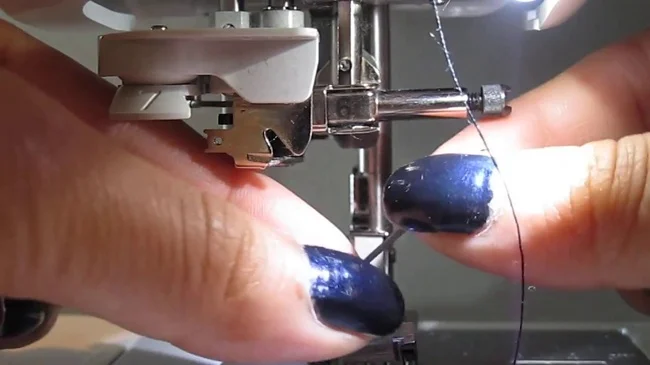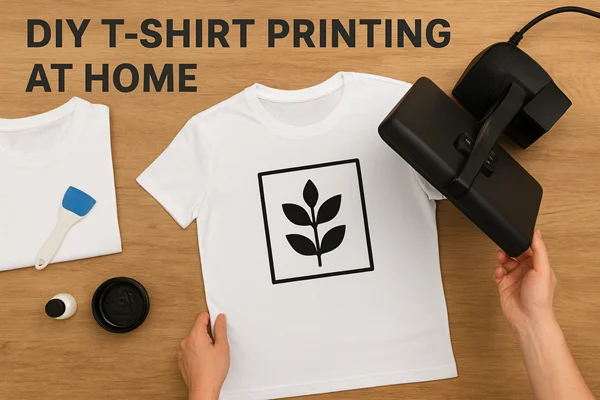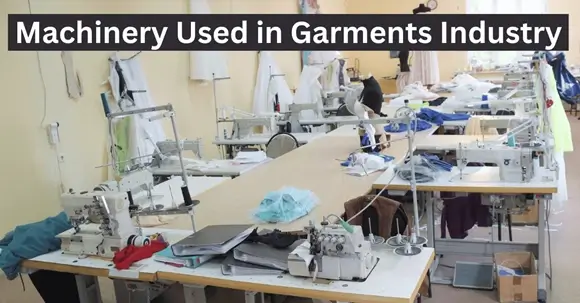Warehouse Storage Management in Apparel Industry
Fabric, Trims, and Accessories Warehouse Storage Management in Apparel Industry
Fabric and trims, and accessories store management are centralized in the apparel industry. For Fabric, there is an in-house procedure, a storage procedure, an issue procedure & stock management procedure. Fabric, Trims, and Accessories Warehouse Storage Management in Apparel Industry.

Proper warehouse management in the apparel industry should bring an orderly system, accuracy in inventory, and modern technology in its real sense in the form of Warehouse Management Systems and automation. This article reviews the challenges, best practices, and innovative solutions from the warehouse storage management perspective in the apparel industry, designed to increase the efficiency, lower costs, and elevate order fulfillment accuracy of the organizations.
Fabric Warehouse Storage Management in the Apparel Industry
- Commercial invoice system: A mail from the commercial information management system (CIMS) is received.
- Pre-in housing work: Before ensuring the received quantity, they have to check the available capacity. Based on these, they decide whether they should receive the whole quantity or a partial. And then update the fabric processing register book. They read the inventory sticker according to the register book.
- Checking: When an import truck has come, check the bolt seal and take a photograph as well as cross-check the bolt seal with the challan. After that, cut the bolt seal and also take a photograph of an open truck. While unloading the fabric, match the actual quantity with the packing list. For in-house fabric from the own knitting unit, the procedure is the same.
- Recording: Unload the fabric in the quarantine area. Then put the inventory sticker on each and every roll, and by this time update the record of every roll in the register and make an inventory report.
- Blanket inspection: Collect a blanket from each received roll. Blanket length should be 14.5 inches. in blankets, the roll number and cutable width is written. Then marking the blankets for shrinkage test with a text marker. For marking, a 25*25 shrinkage pattern is used. For some suppliers, blanket cutting is not required. They give a piece of fabric with every roll. That piece of fabric is attached in one side of each roll. Around 40%- 35% of the total fabric blanket is not cut.
- Shade segregation: Center to side (CS) and side to side (SS) color variation is checked. If there is SS then wash the full blanket. If there is CS, cut the blanket into two parts and wash the CS part. When no color variation is found, just take any one part.
- Family selection: The blankets that have the same shade are considered as members of same family. Then two blankets which come from the same family are stitched together. It is done because the shade may be closer after washing. Then stitched blankets are sent to R&D to wash.
- Shade checking: After washing, again check the shade of blankets. If any discrepancy is found between the parts of the same family, separate the parts.
- Grouping: Now try to match among families. If the shade of different families is within the acceptable limit, consider these families in the same group.
- Shrinkage test: After washing the blankets, measure the shrinkage of each one. They make different shrinkage groups within a certain acceptable limit.
- Fabric GSM test: By using a GSM cutter, cut the fabric and then measure the weight of the fabric with a digital weight machine.
- Reporting: Complete the inventory report with shade group, shrinkage, cut able width data. The report is very useful to make cut plan and cut projection.
- Stickering: Put the shade, shrinkage and cutable width sticker on each roll.
- Fabric inspection procedure: Fabric inspection is done on the 10% of the total received quantity. Here 4- 4-point system is practiced. If 1st 10% is failed, then again check 105 of total roll. If 2nd 10% is failed, then send the inspection report to the merchandising team for a decision.
- Bulk storage rack: Then the rolls which have the same shrinkage and color are store together i.e. rolls which have different shrinkage and shade are kept separately. There are various types of trims & accessories like, Cartoon, Size sticker, Button, Poly, Bar code sticker, Poly sticker, Hanger and so on. There is a systematic procedure for this.
Trims and accessories Warehouse Storage management in the Apparel industry
Trims and accessories refer thread, label, sticker, ticketing and carton used in garments industry. In one word, all items except fabric used in garments finished product is called Trims and accessories. There is some certain storage management need to maintain in Trims and accessories warehouse, here we are mentioning below:
- Keep all trims and accessories in the rack organized way and maintain the BIN card PO/Lot wise
- QC clearance must be done first by the warehouse QC team. QC to do AQL inspection as per the respective buyer’s Trims inspection procedure.
- Warehouse can issue QC-passed material only to the production floor
- Must have to maintain FIFO for issuing material to the production floor
- Any material should not be kept directly on the floor.
Good warehouse storage management forms the basis for the clothing industry, where speed, accuracy, and changeability are of the utmost importance. When considered organized systems of storage, complemented with the latest technology, and the best practices of ABC analysis, cross-docking, and automatic inventory tracking, improve operational efficiency in the apparel industry like nothing else.



